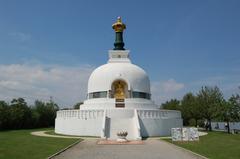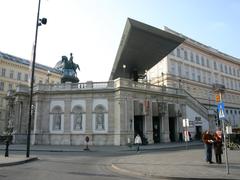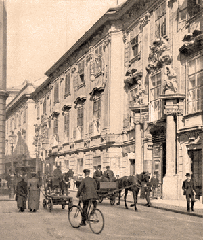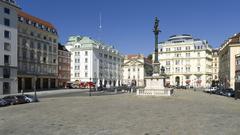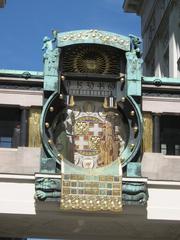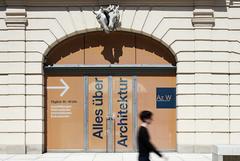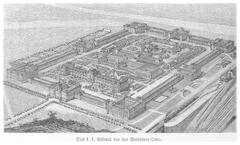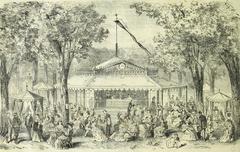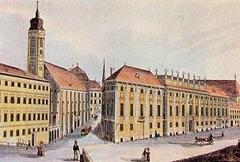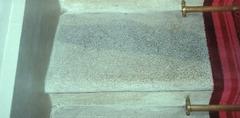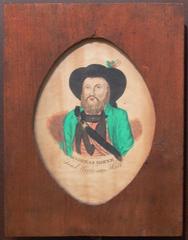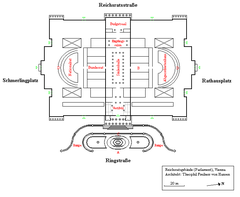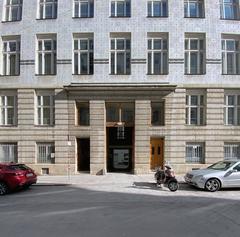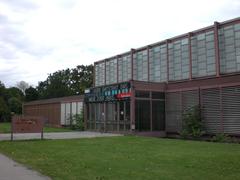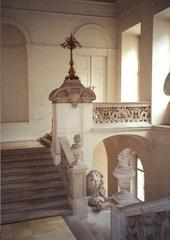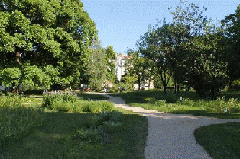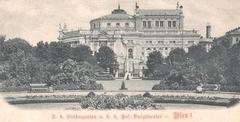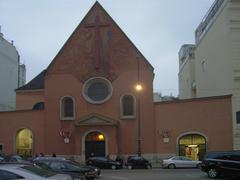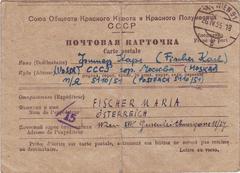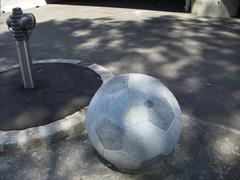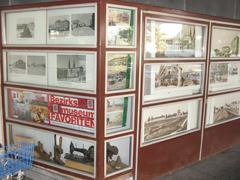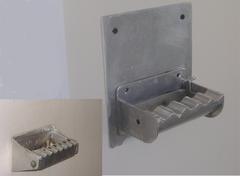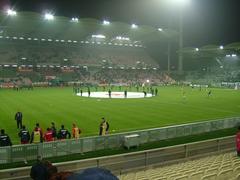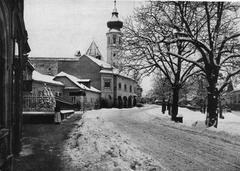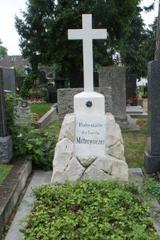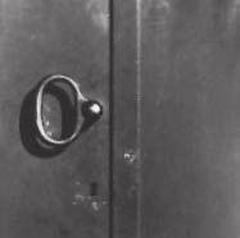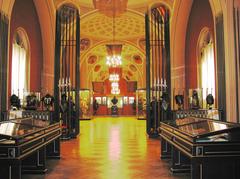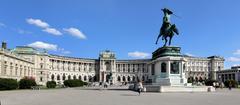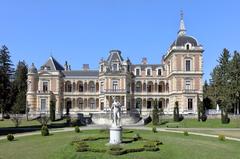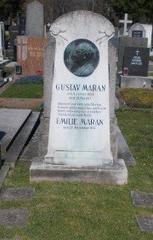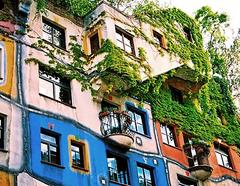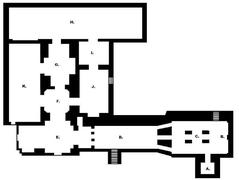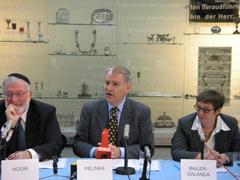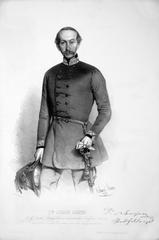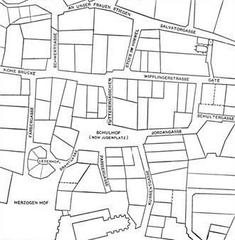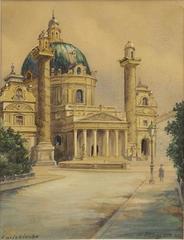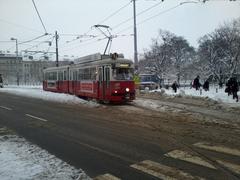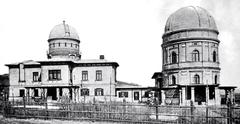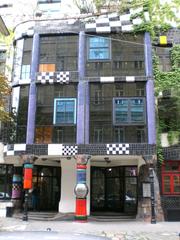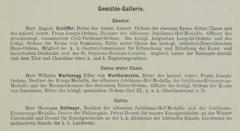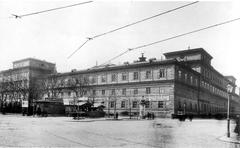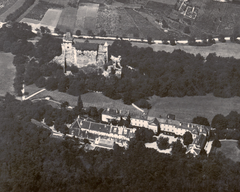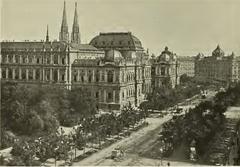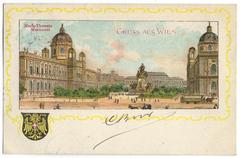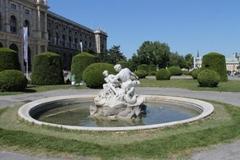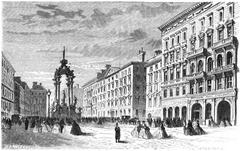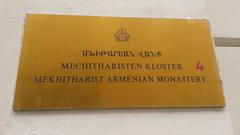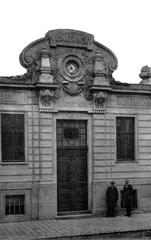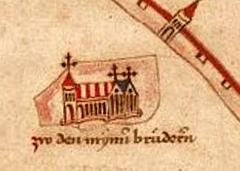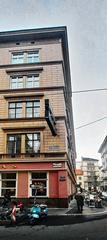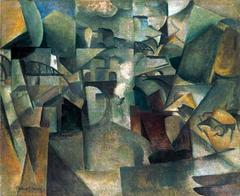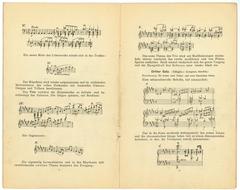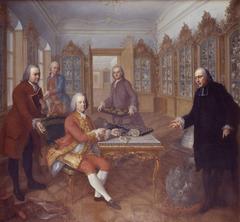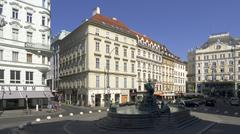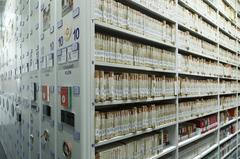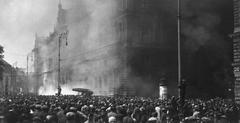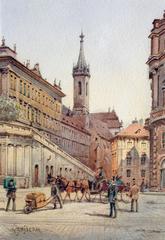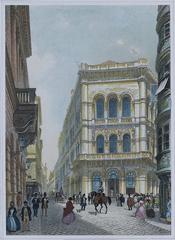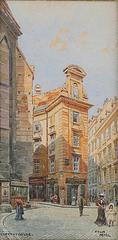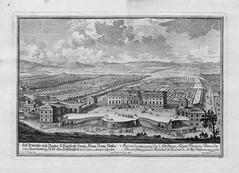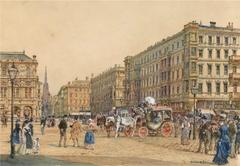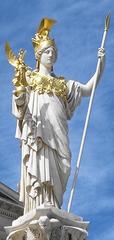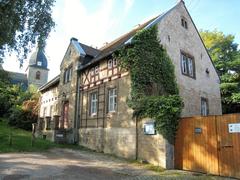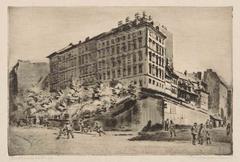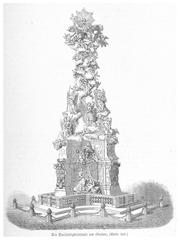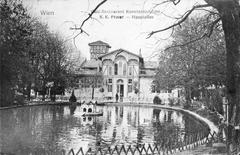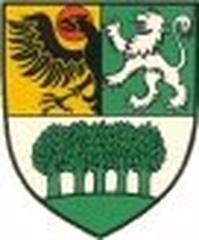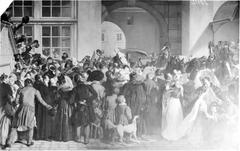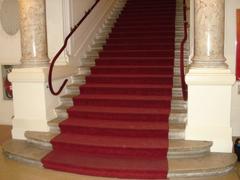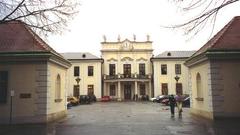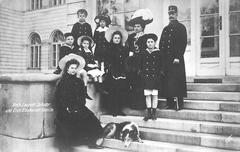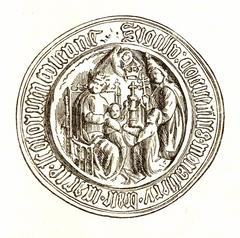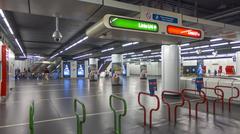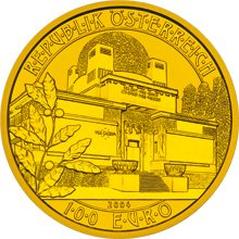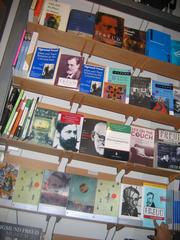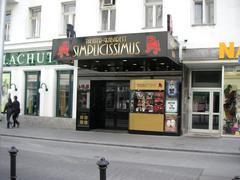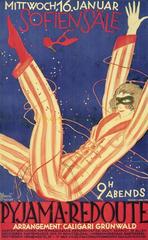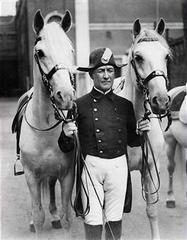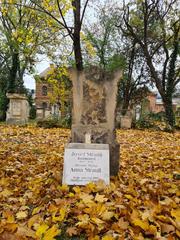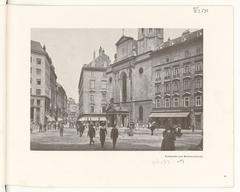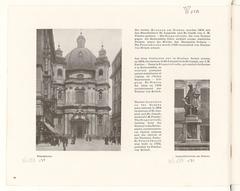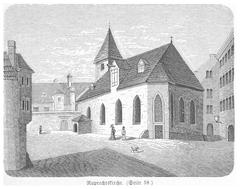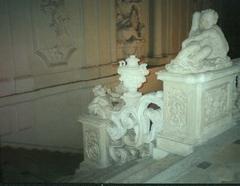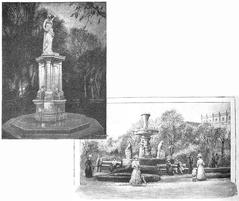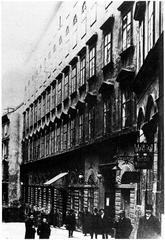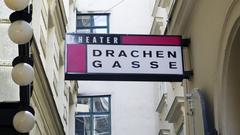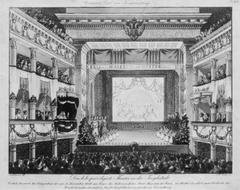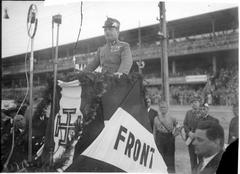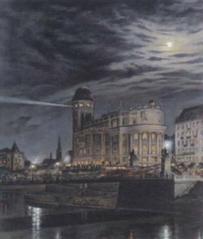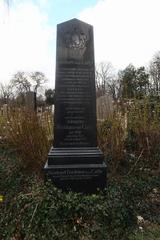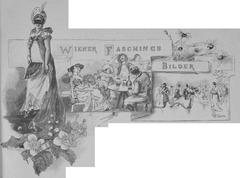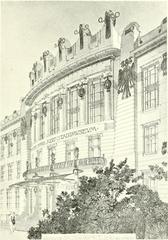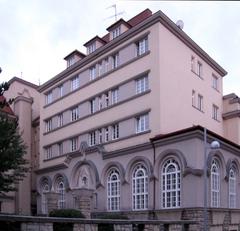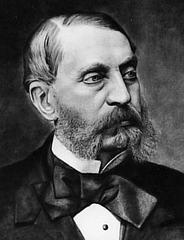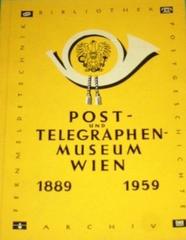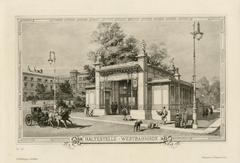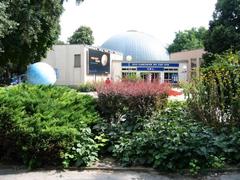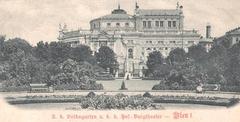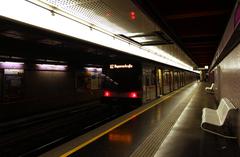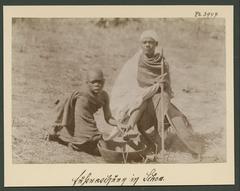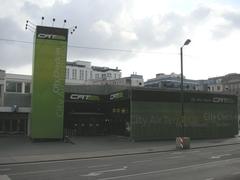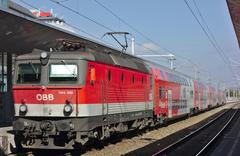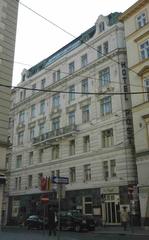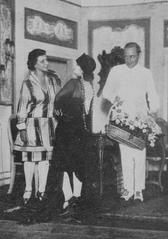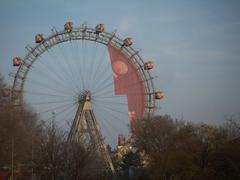
Visiting Friedenspagode in Vienna: Hours, Tickets, and Tips
Last Updated: 31/07/2024
Introduction to Friedenspagode
Situated on the serene banks of the Danube River in Vienna, Austria, the Friedenspagode, or Vienna Peace Pagoda, stands as a symbol of unity and world peace. This Buddhist stupa, constructed under the guidance of Japanese monks from the Nipponzan Myōhōji order between 1982 and 1983, offers visitors an opportunity to connect with Buddhist traditions and find a peaceful retreat from urban life. The concept of Peace Pagodas was first introduced by the Japanese Buddhist monk Nichidatsu Fujii, who founded the Nipponzan Myōhōji order. The Vienna Peace Pagoda was officially inaugurated on September 25, 1983, by Nichidatsu Fujii himself, marking its significance in the global mission to promote peace and unity among all people (Vienna Würstelstand).
Standing approximately 26 meters high, this striking white dome structure features a central Buddha figure representing Buddha Shakyamuni, surrounded by seven reliefs depicting significant scenes from the life of Siddhartha Gautama. The architectural design of the stupa is deeply symbolic, aligning with traditional Buddhist architectural forms and embodying profound spiritual significance. The primary purpose of the Friedenspagode is to disseminate love and peace among mankind, continuing the efforts of Emperor Ashoka who, more than two thousand years ago, built stupas and pillars engraved with messages of love and peaceful coexistence (Peace Pagoda).
For travelers and locals alike, the Friedenspagode offers a serene and enlightening experience. The pagoda is open to the public and free of charge, making it accessible to everyone. Its peaceful ambiance, combined with its historical and cultural significance, makes the Friedenspagode a must-visit destination for anyone in Vienna.
Table of Contents
- Introduction
- Origins and Construction
- Architectural Significance
- Cultural and Religious Significance
- Visitor Experience
- FAQ
- Conclusion
Origins and Construction
The Friedenspagode was built following the architectural plans of Franz Richard Schnabel. The construction, carried out by Japanese monks from the Nipponzan Myōhōji order, a Buddhist sect dedicated to world peace and the propagation of Nichiren Buddhism, took place between 1982 and 1983. The stupa was officially inaugurated on September 25, 1983, by Nichidatsu Fujii, the founder of the Nipponzan Myōhōji order. The opening ceremony was attended by representatives from various Buddhist traditions, symbolizing the stupa’s role as a beacon of unity and peace.
Architectural Significance
Standing approximately 26 meters high, the Friedenspagode is a striking white dome structure. It features a central Buddha figure representing Buddha Shakyamuni, surrounded by seven reliefs that depict significant scenes from the life of Siddhartha Gautama. The architectural design of the stupa is deeply symbolic: the square base represents rigid ritualism and fundamental virtues, the circular dome symbolizes freedom from earthly bonds, and the circular rings on top signify mystical power. The topmost dimensionless point indicates the heavenward path to Nirvana. This design is sanctified by the insertion of Dhatu, or relics of Buddha, within the stupa.
Cultural and Religious Significance
The Friedenspagode is one of approximately 80 peace pagodas worldwide, inspired by Emperor Ashoka’s mission to disseminate messages of love and peaceful coexistence. It serves as a venue for regular events promoting peace and cultural exchange. Notable events include the Vesakh Festival, celebrated by the Buddhist community in Vienna, and the commemoration ceremony on the anniversary of the atomic bombing of Nagasaki, highlighting the pagoda’s role in advocating for global peace and remembrance.
Visitor Experience
Visiting the Friedenspagode offers a serene and contemplative experience. Located along the Hafenzufahrtsstrasse near Vienna’s harbor area, the pagoda provides a peaceful setting for reflection and meditation. The nearby Buddhist temple, run by Japanese monk Gyosei Masunaga, adds to the spiritual ambiance and offers additional opportunities for visitors to engage in Buddhist practices and learn about Nichiren Buddhism.
Visiting Hours and Tickets
The Friedenspagode is open to the public 24 hours a day, making it accessible for visitors at any time. There is no admission fee, allowing everyone to experience the spiritual and cultural significance of the site.
Travel Tips
The pagoda is easily accessible via public transportation. The surrounding area offers scenic views of the Danube River, making it an ideal spot for a peaceful walk or meditation session. During the summer months, visitors can enjoy pleasant weather and various cultural and religious events, enhancing their experience.
Accessibility
The site is designed to be accessible to all visitors, including those with mobility challenges.
Special Events and Guided Tours
The Friedenspagode hosts numerous events throughout the year. Check the schedule beforehand to coincide your visit with these events. Guided tours may also be available, offering deeper insights into the history and significance of the pagoda.
Photographic Spots
The serene setting and unique architecture of the Friedenspagode make it a perfect spot for photography. Capture the stunning views of the pagoda against the backdrop of the Danube River.
FAQ
- What are the Friedenspagode visiting hours?
- The Friedenspagode is open 24 hours a day.
- Is there an admission fee?
- No, there is no admission fee.
- How can I get to the Friedenspagode?
- The pagoda is accessible via public transportation.
- Are there any special events?
- Yes, the pagoda hosts various cultural and religious events throughout the year.
Conclusion
The Friedenspagode in Vienna is a significant cultural and religious landmark that embodies the principles of peace and unity. Its rich history, symbolic architecture, and serene setting make it a must-visit destination for those seeking a deeper understanding of Buddhist traditions and a peaceful retreat. For more information and updates, download our mobile app Audiala, check out other related posts, or follow us on social media.
